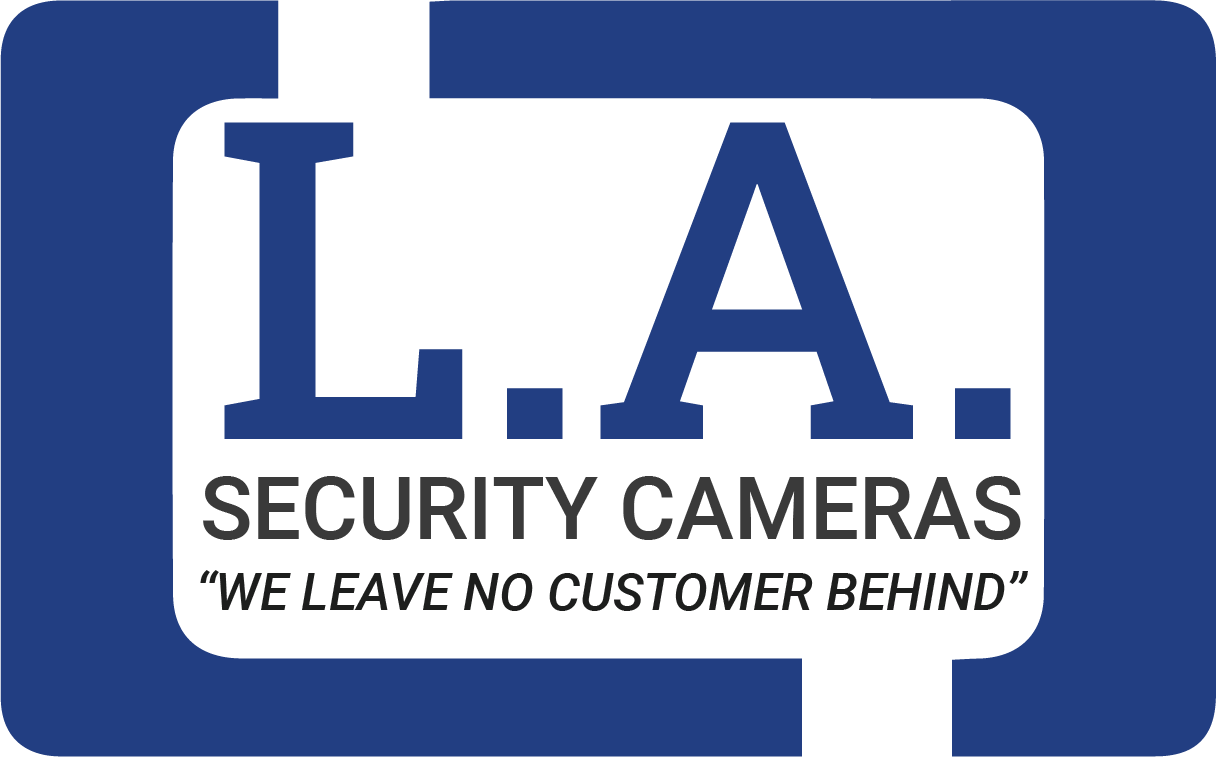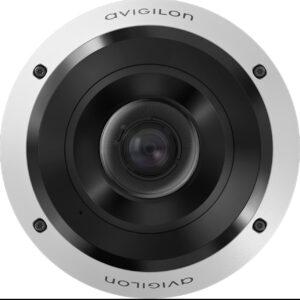We are providing Numerical Focal Length Security Cameras Installation services in Los Angeles, California.
There are generally two types of focal views for security cameras:
- Fixed focal length lens: A fixed focal length lens has a set angle of view and cannot be adjusted. The angle of view is determined by the lens and cannot be changed without physically replacing the lens. Fixed focal length lenses are often used in applications where the field of view does not need to be adjusted frequently, such as in a hallway or small room.
- Varifocal lens: A varifocal lens allows the angle of view to be adjusted within a range of focal lengths. This can be done manually by rotating a ring on the lens, or electronically by adjusting the camera settings. Varifocal lenses are often used in applications where the field of view needs to be adjusted frequently, such as in outdoor surveillance where the camera may need to zoom in on a specific area.
Both types of lenses have their advantages and disadvantages. Fixed focal length lenses are generally less expensive and more compact, but they offer less flexibility in terms of adjusting the field of view. Varifocal lenses are more expensive and larger in size, but they offer greater flexibility in adjusting the field of view. The specific type of lens used will depend on the application and the user’s needs.
The focal view specifications of a security camera refer to the size of the image that the camera can capture and the angle of view.
Here are some common specifications for security camera focal view:
- Field of view – The field of view of a security camera depends on the focal length of the lens and the size of the camera sensor. A smaller focal length will result in a wider field of view. While a larger focal length will result in a narrower field of view.
- Angle of view – The angle of view is the measurement of the width of the area that the camera can capture. It is often expressed in degrees, and can vary from a few degrees to several hundred degrees depending on the camera and lens.
- Zoom – Some security cameras have zoom capabilities. Moreover It allowing the user to adjust the focal length of the lens to narrow or widen the field of view. This can be useful for monitoring specific areas or objects within a larger scene.
- Depth of field – The depth of field is the distance between the nearest and farthest objects in focus in an image. It depends on the focal length of the lens, the aperture, and the distance between the camera and the subject.
- Image sensor size – The size of the camera sensor also affects the focal view of the camera. A larger sensor can capture more light and provide a wider field of view. While a smaller sensor may result in a narrower field of view.
Conclusion
Overall, the focal view specifications of a security camera will depend on the specific model and the intended use case. A wider field of view may be suitable for monitoring large areas. While a narrower field of view may be useful for monitoring specific objects or areas in detail. The zoom and depth of field capabilities can provide additional flexibility and control over the image.
Security camera setting up Numerical Focal Length Security Cameras, Los Angeles, California. CA expert in providing CCTV remote monitoring, inexpensive security camera systems in Los Angeles, California. CA, and CCTV Camera Install.
Call Us Now for a FREE Estimate
(213) 761-7900

